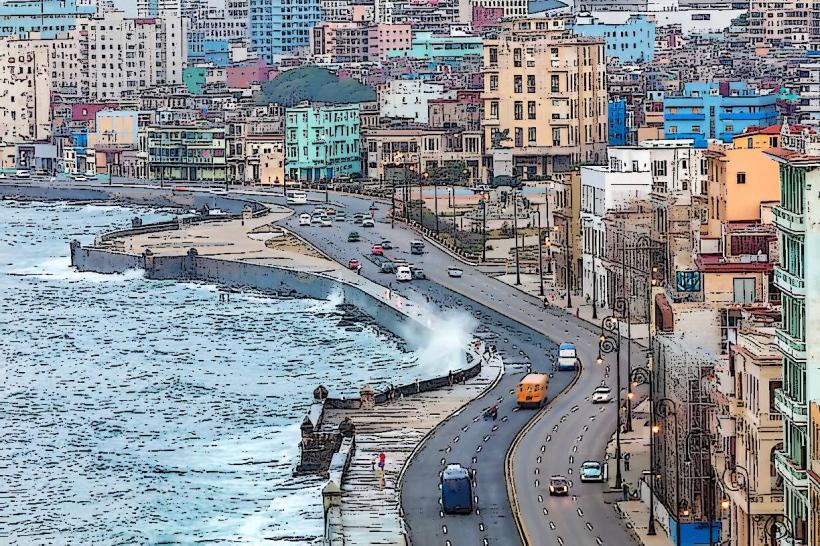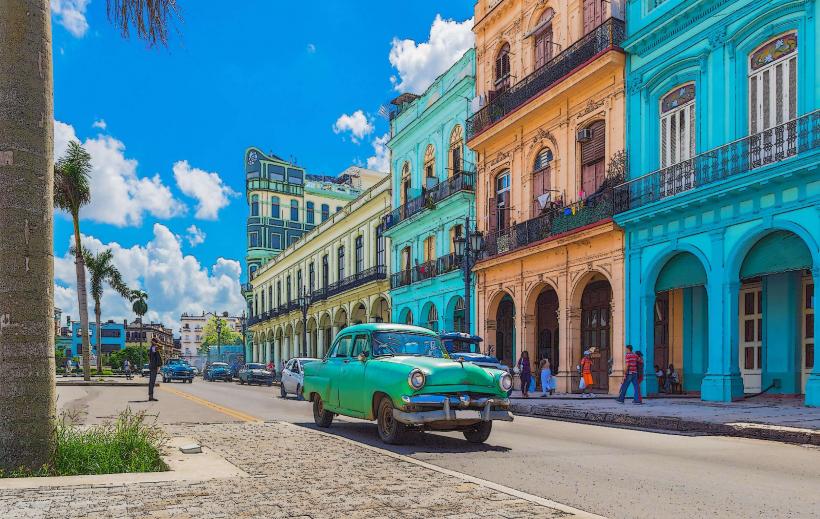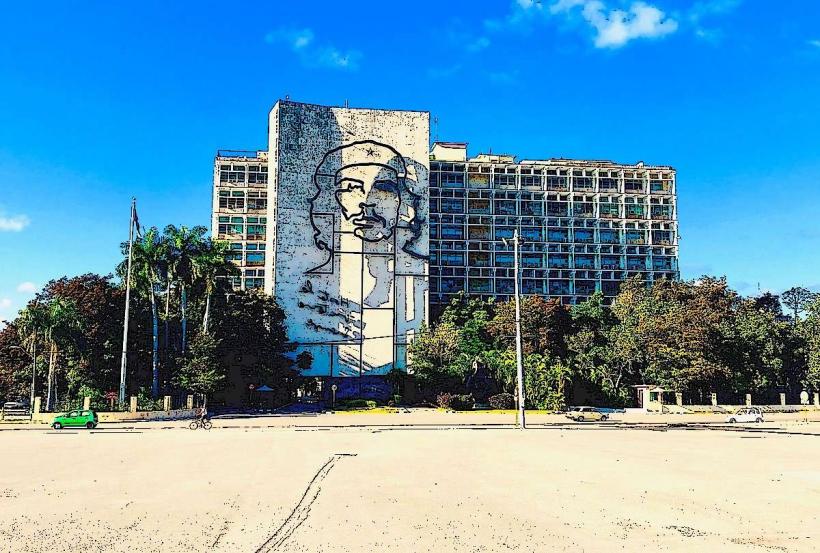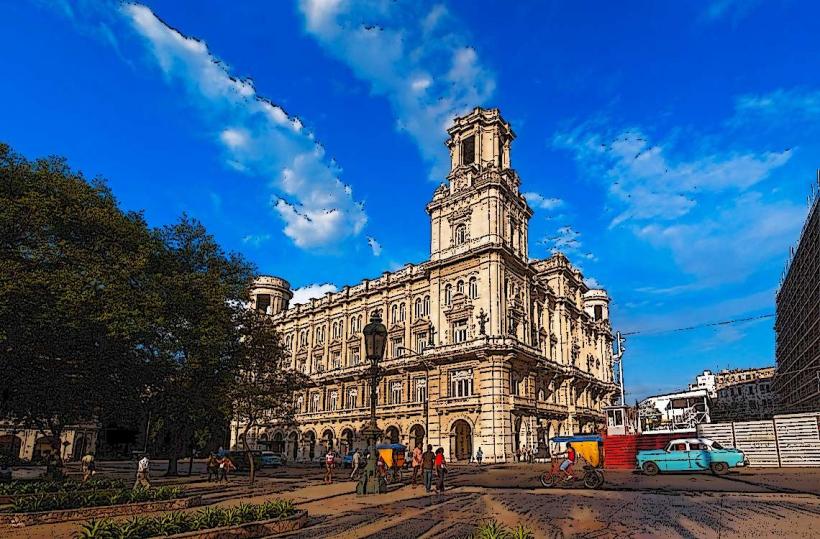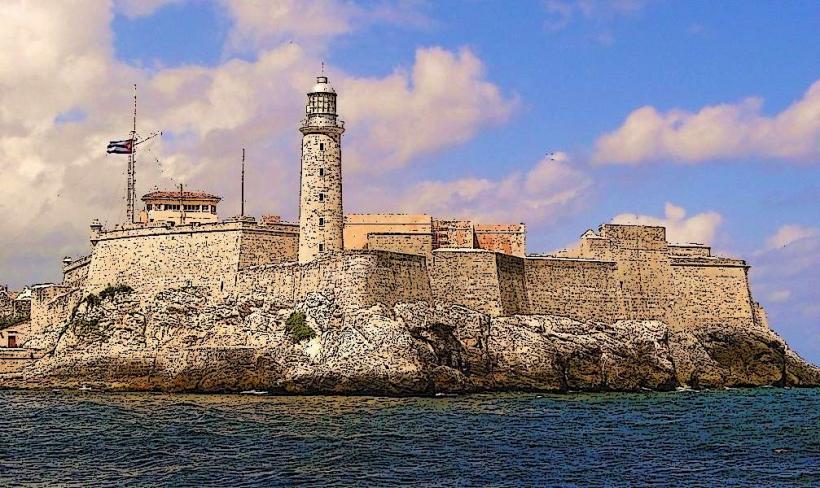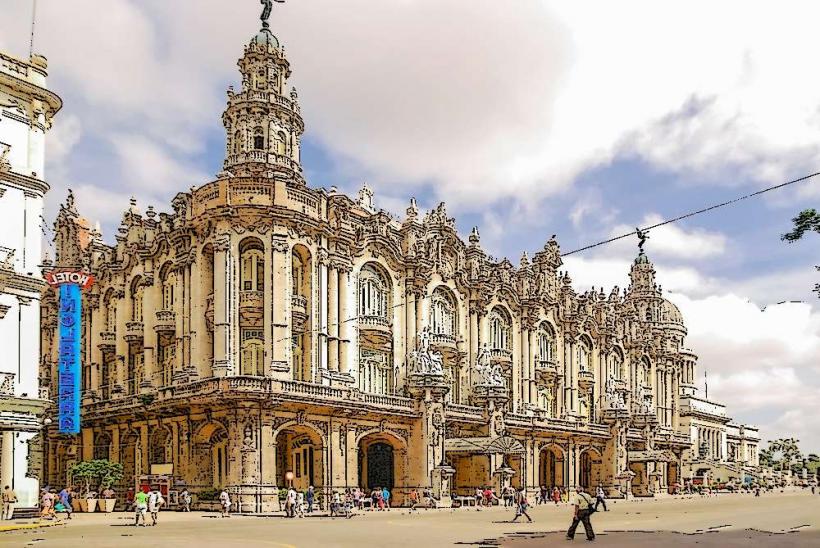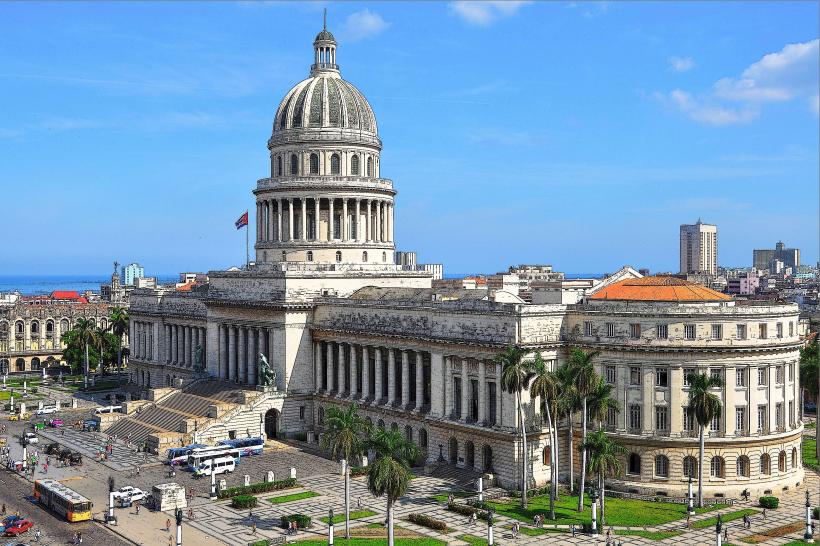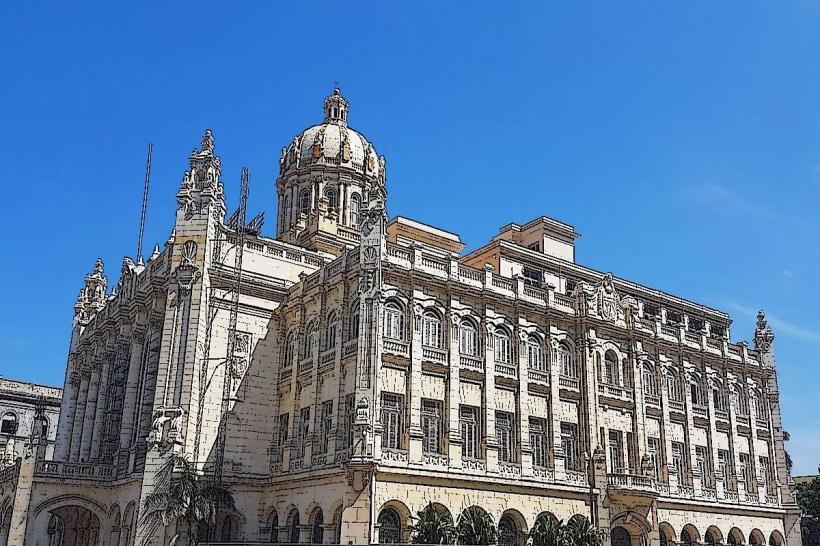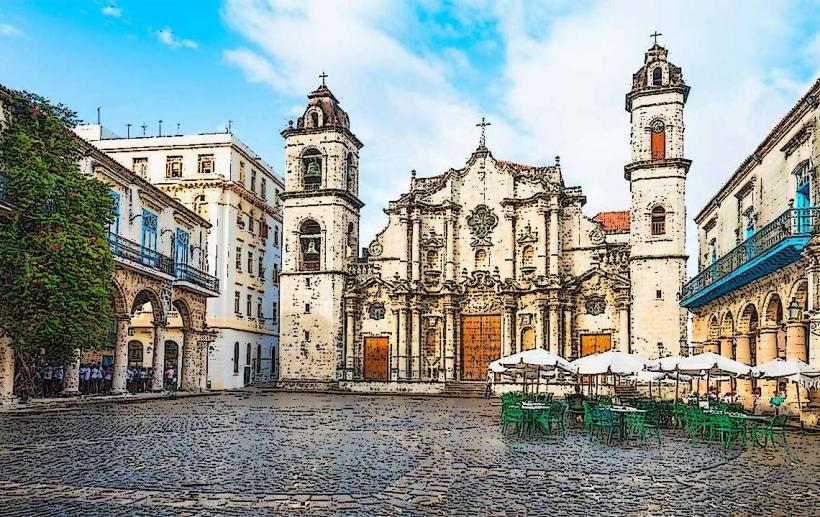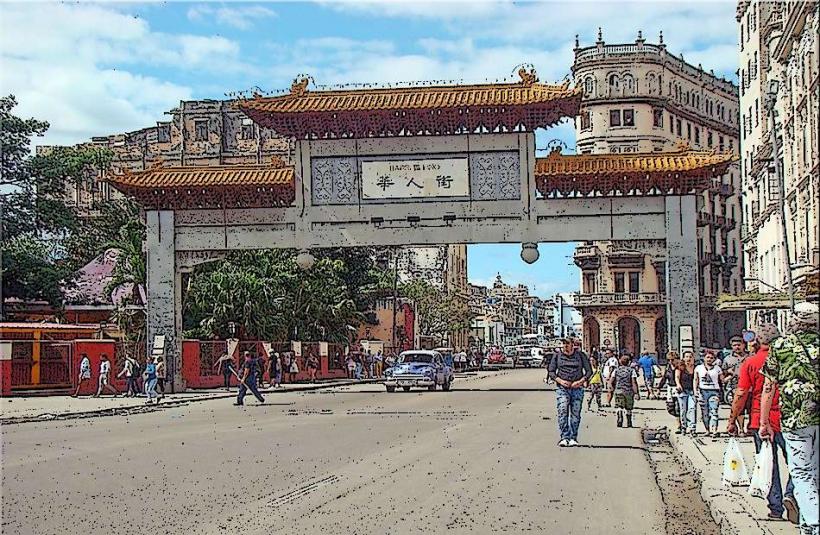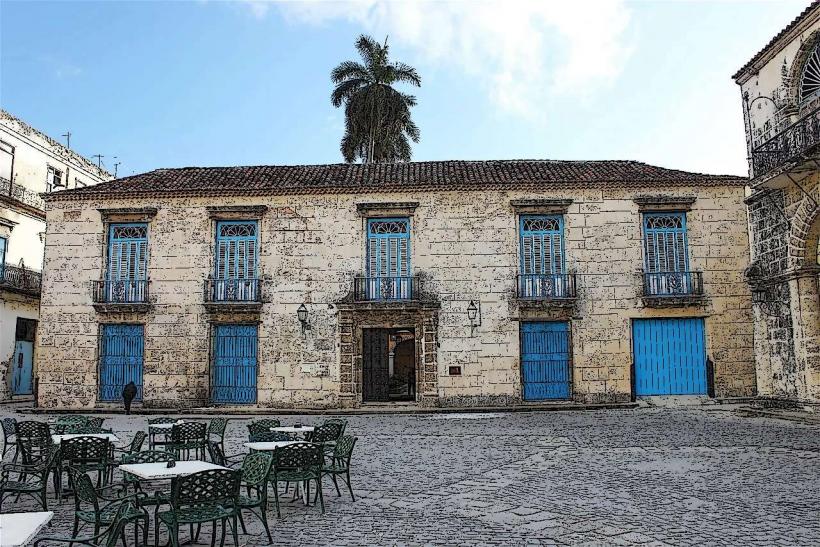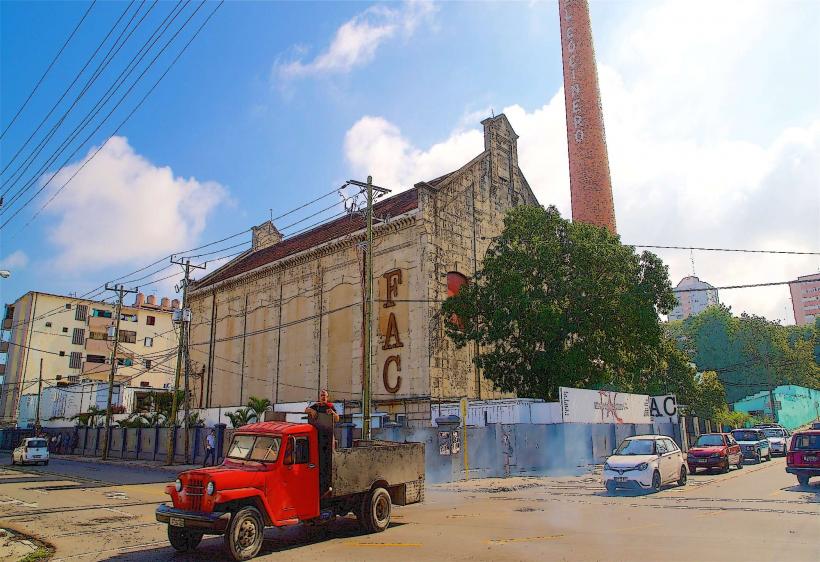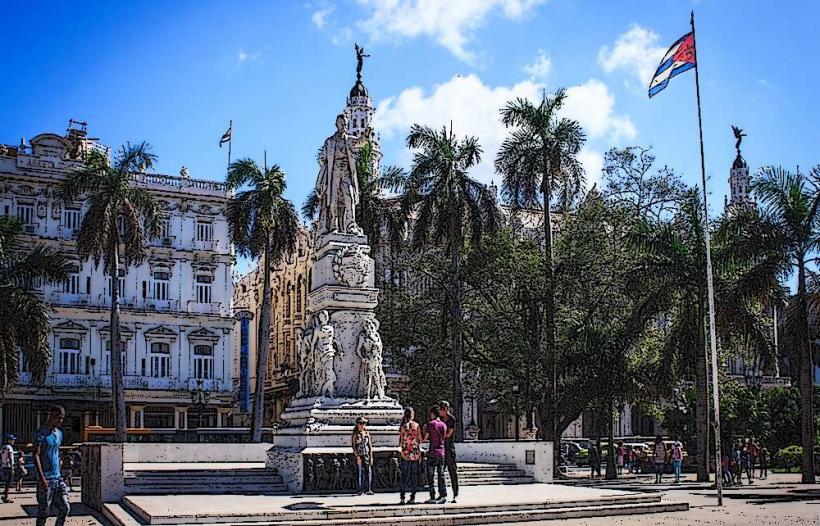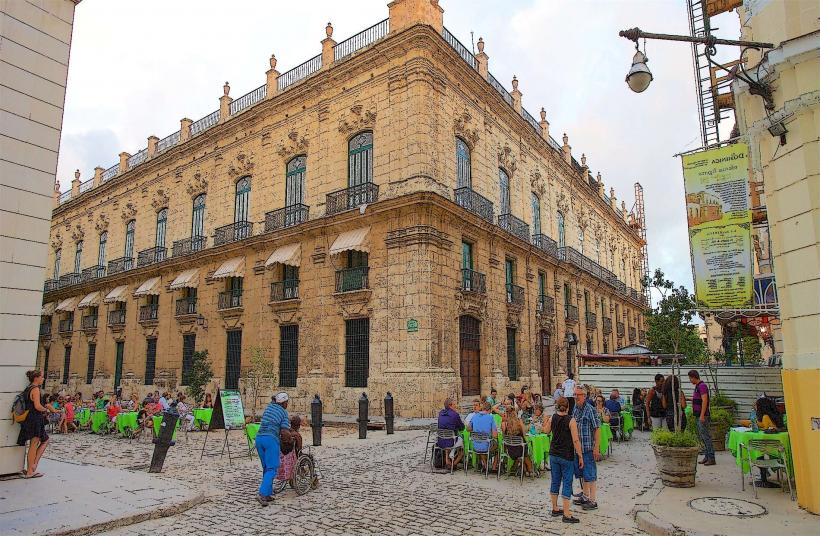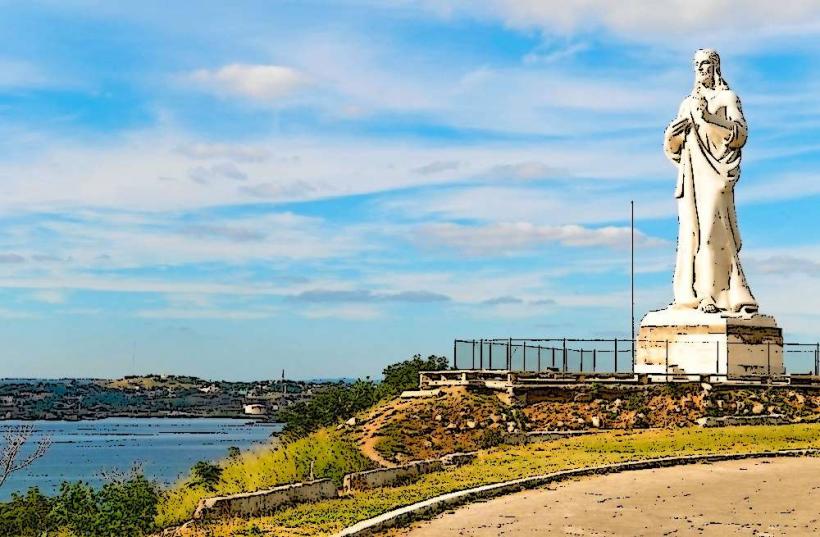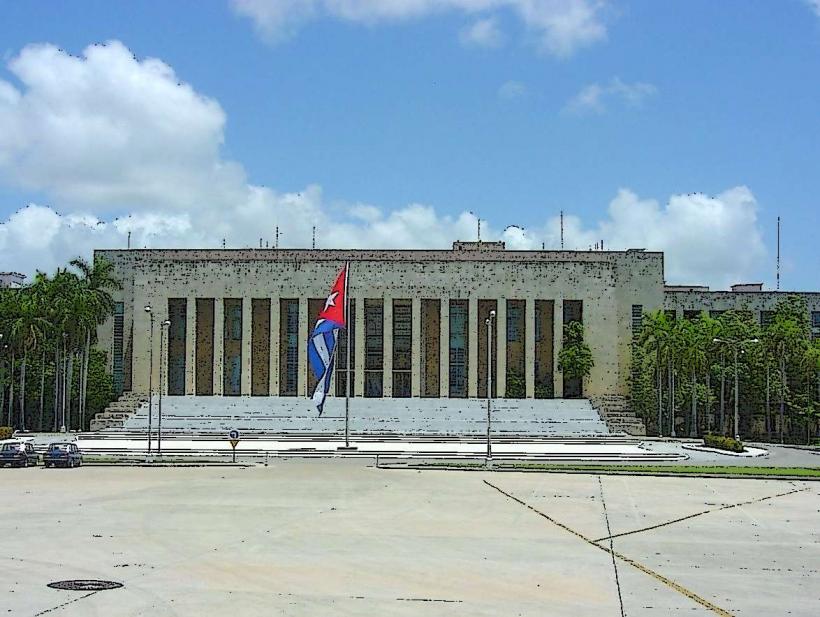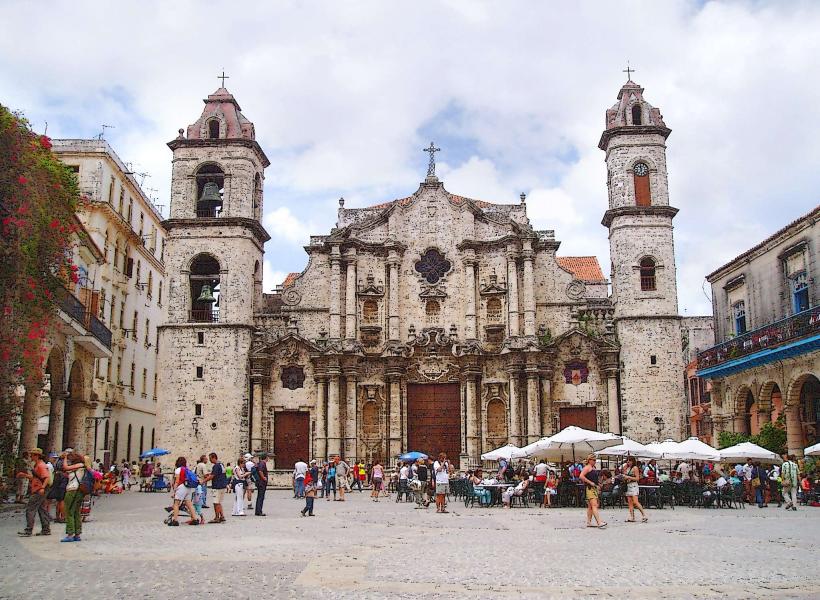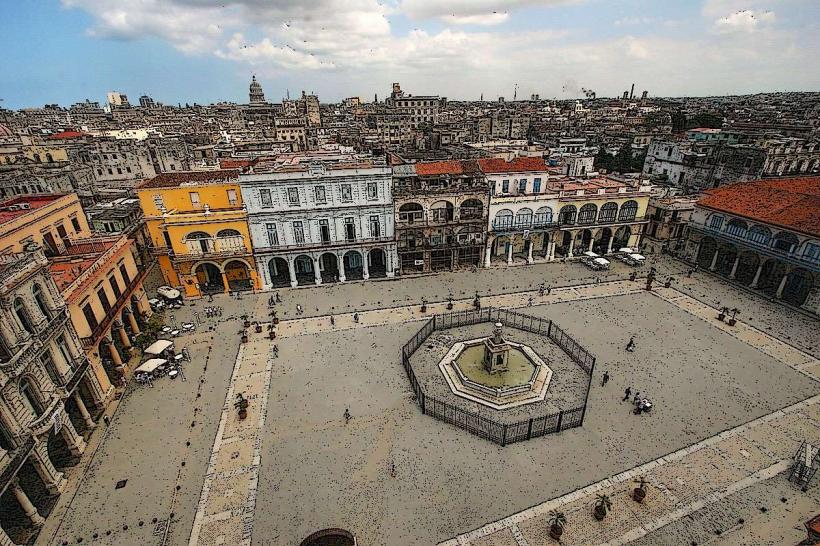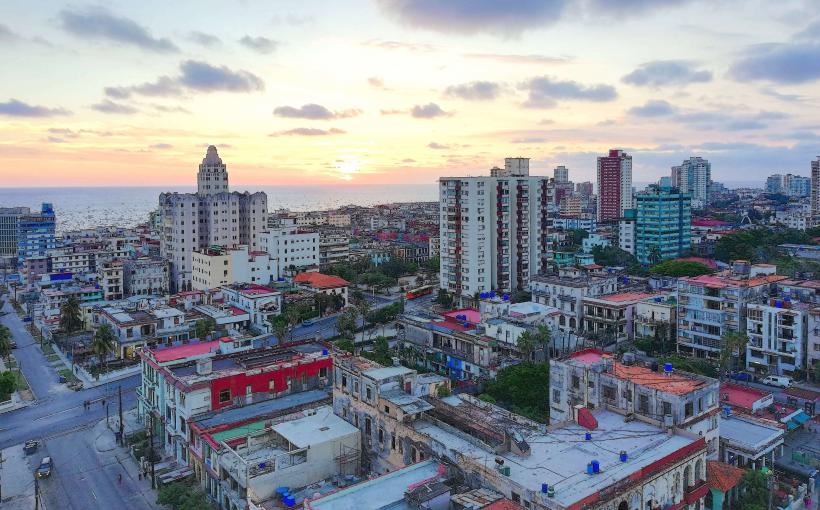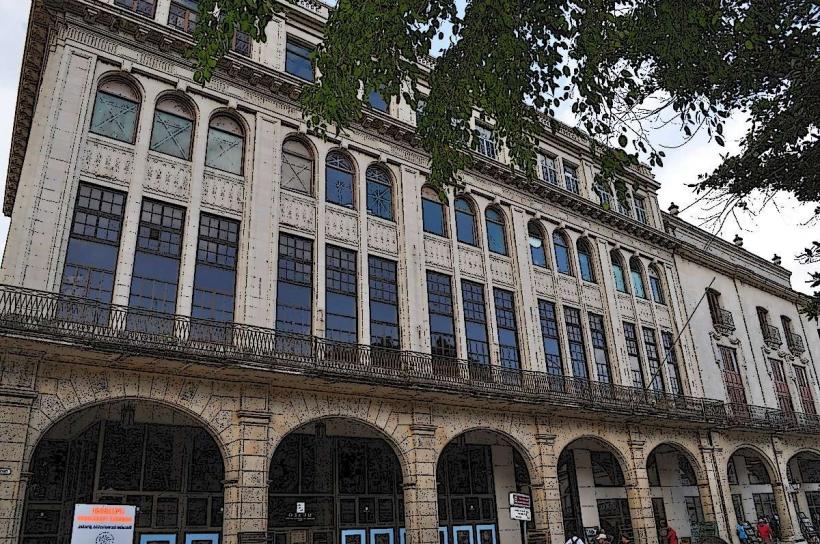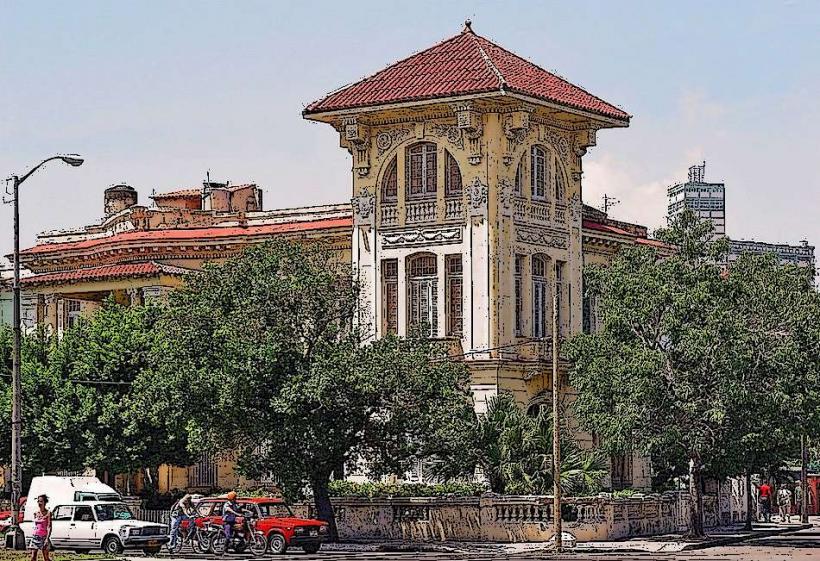Information
Landmark: José Martí MemorialCity: Havana
Country: Cuba
Continent: North America
The José Martí Memorial is a significant monument in Havana, Cuba, dedicated to the life and legacy of José Martí, a Cuban national hero, poet, writer, philosopher, and revolutionary leader. Martí is considered one of the most important figures in Cuba's fight for independence from Spain and is revered as a symbol of Cuban nationalism and patriotism. The memorial is located in the Plaza de la Revolución (Plaza of the Revolution), a historic square in the heart of Havana, and serves as both a tribute to Martí’s contributions to Cuban independence and a place for reflection on his vision for the future of the country.
Historical Background
José Martí was born in Havana on January 28, 1853, and played a pivotal role in the independence movement during the late 19th century. He was a writer, journalist, and political thinker who advocated for the freedom of Cuba from Spanish colonial rule. Martí’s most famous work is his collection of essays and poems, which includes the Versos Sencillos ("Simple Verses"), from which the Cuban national anthem is derived.
In addition to his literary works, Martí was a key figure in the Cuban Revolutionary Party, which sought to liberate Cuba through both armed struggle and diplomatic efforts. He is also known for his efforts to unite various factions in Cuba’s independence movement and his visionary ideas on social justice, democracy, and anti-imperialism. Martí died in 1895 in battle while fighting for Cuban independence.
Design and Architecture of the Memorial
The José Martí Memorial was built to honor Martí's memory and is a prominent feature of Plaza de la Revolución. The memorial complex was inaugurated in 1959, following the Cuban Revolution, and has since become one of Havana’s most visited landmarks. Its striking design is symbolic of Martí’s importance in Cuban history and his continued relevance in the nation’s identity.
Monument and Statue of José Martí
At the center of the memorial is a large, granite statue of José Martí. Standing at 18 meters (59 feet) tall, the statue depicts Martí in a dignified and forward-looking posture, holding a pen in one hand and gazing into the distance, symbolizing his role as a thinker and a visionary. The statue is an imposing figure that conveys both strength and inspiration, echoing Martí’s enduring influence on the Cuban people.
The statue stands atop a column that reaches a total height of 109 meters (358 feet), making it one of the tallest structures in Havana. The column is surrounded by several smaller statues of figures associated with the Cuban independence movement, representing the unity and sacrifice of the people who fought for Cuba’s freedom.
Plaza de la Revolución (Plaza of the Revolution)
The José Martí Memorial is located in the heart of Plaza de la Revolución, which is one of the most iconic and historically significant public squares in Cuba. This large, open space is often used for political rallies, military parades, and cultural events. The square also features the Ministry of the Interior building, where a large image of Che Guevara adorns one of the building's facades.
The Plaza de la Revolución is a symbolic space for the Cuban people and the Cuban government, and the José Martí Memorial serves as its central focal point, representing the nation’s deep respect for Martí’s legacy and his contributions to Cuban independence.
Martí’s Mausoleum
Beneath the José Martí Memorial, there is a crypt that contains Martí’s remains, which were brought back to Cuba in 1951 after being exhumed from a grave in Dos Ríos. Martí was initially buried in Santiago de Cuba, but his final resting place was moved to Havana, where he is honored as a national hero. The mausoleum is a quiet, reverent space where visitors can pay their respects to Martí and reflect on his significance in Cuban history.
Symbolism and Meaning
The José Martí Memorial is not just a tribute to one man but a representation of Cuba's struggle for independence, freedom, and sovereignty. Martí is considered the father of modern Cuban nationalism, and his vision for a free and just Cuba continues to inspire the country’s leaders and citizens today.
Martí’s Role as a Revolutionary: Martí’s importance as a leader of Cuba’s independence movement is central to the memorial. The granite statue of Martí gazing into the distance is symbolic of his unwavering commitment to the Cuban cause and his belief in the possibility of a free Cuba, even in the face of adversity.
Martí’s Ideals: The memorial’s design also reflects Martí’s ideals of social justice, freedom, and anti-imperialism. The emphasis on unity and patriotism in the design of the memorial and the surrounding square serves as a reminder of Martí’s vision of a unified, independent Cuba free from foreign domination.
Cuban National Identity: The memorial is a central point in the construction of modern Cuban identity, highlighting Martí’s influence on Cuban culture, literature, and political thought. His work laid the foundation for much of Cuba’s revolutionary ideology, and the memorial reinforces his ongoing role in shaping the nation’s future.
The José Martí Memorial in Modern Cuba
Today, the José Martí Memorial is not only a historical landmark but also an important cultural site in Cuba’s political landscape. It is often the site of national celebrations, such as Cuban Independence Day (May 20) and other important events in Cuban history. Political leaders, both local and visiting, have often made speeches in the plaza in front of the memorial, reinforcing its significance as a symbol of Cuban unity and revolutionary values.
The monument continues to serve as a place of reflection for visitors and Cubans alike, offering an opportunity to honor José Martí’s legacy while also engaging with the broader themes of Cuba’s fight for independence and its ongoing quest for social justice and sovereignty.
Visitor Experience
Guided Tours: Visitors can explore the José Martí Memorial and the surrounding Plaza de la Revolución through guided tours that offer insights into Martí’s life and the historical context of the monument’s construction. These tours often delve into Cuba's revolutionary history and the role of José Martí as a visionary leader.
Educational Exhibits: Inside the memorial, there are informational displays and exhibits that highlight various aspects of Martí’s life, his political and philosophical writings, and his contributions to the Cuban independence movement. Visitors can learn about his travels, his relationships with other leaders, and his enduring influence on the Cuban national identity.
Reflection and Respect: For many visitors, the José Martí Memorial offers a moment of quiet reflection on Cuba’s history and its struggles for freedom. It is a place where people can honor Martí’s legacy and connect with Cuba’s revolutionary spirit.
Conclusion
The José Martí Memorial in Plaza de la Revolución is a powerful and enduring symbol of Cuban identity and patriotism. Dedicated to one of the most important figures in Cuban history, it stands as a testament to José Martí’s contributions to Cuba’s fight for independence and his lasting influence on the nation’s ideals of freedom, justice, and sovereignty. For both Cubans and international visitors, the memorial provides an opportunity to learn about and reflect on Cuba’s revolutionary past and the vision of a unified, independent Cuba that Martí envisioned.

